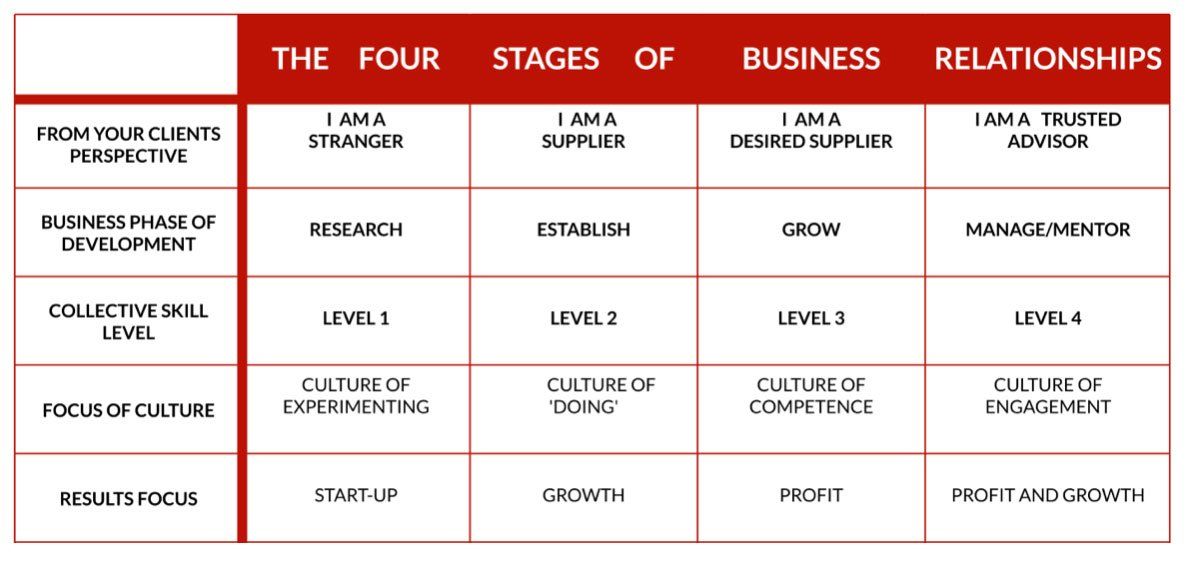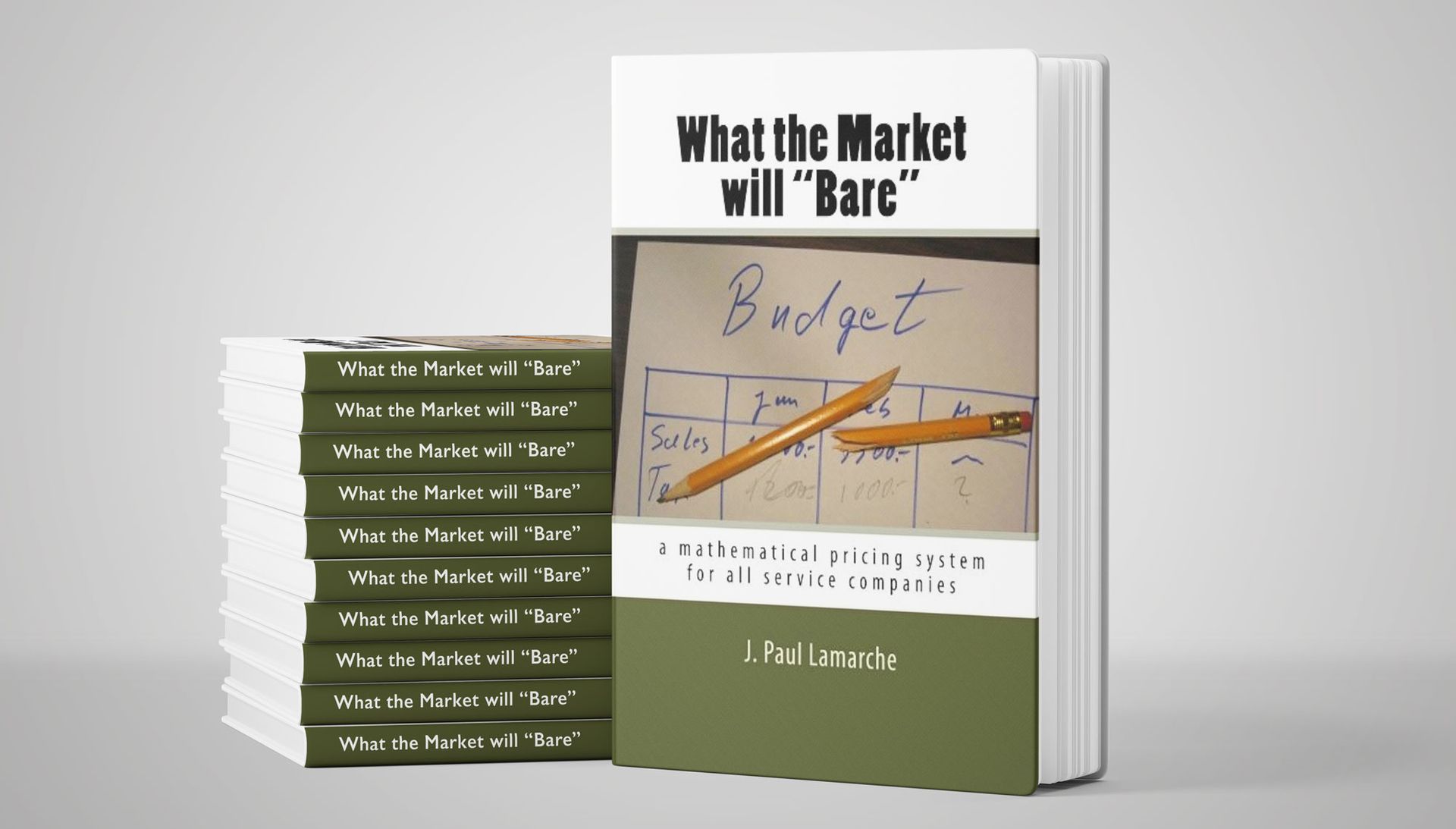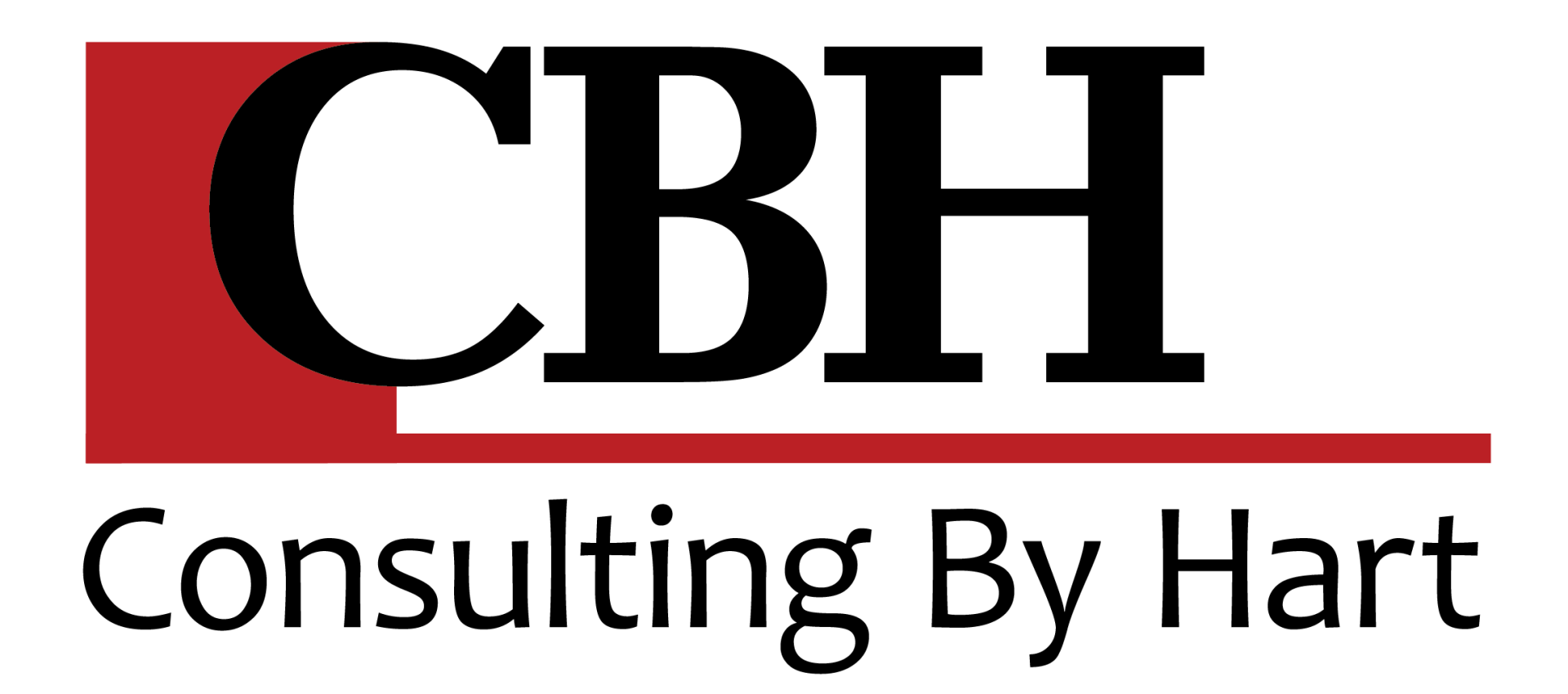Building Strategic Relationships Part 2

Have you ever wondered how your customers view your company?
Have you considered ‘where do we grow to now?’
What’s your strategy to develop relationships and the culture of your business with intention and specific goals?
Goals don’t just have to be about KPI’s and metrics. They can also help to direct the increase of intrinsic value in a business. The model I’m sharing here can form an excellent way to benchmark and strategically identify the nature of relationships in your business, and in each division of your business.
This is ‘out of the box’ concept about relationships is one which I first discovered many years ago from Whetstone Inc, and have since simplified. The easiest way to start playing with the power in this model is to assess your current client list, and place them into each of the four levels…. Do they view you as a stranger, supplier, desired supplier or trusted advisor? What would it take to convert each group into the next category?
When you consider this framework and overlay it into your company - division by division- some of your services may be at level 3 but others may be at level 1 or 2…. Some may NEVER reach level 4.
Level 4 isn’t better. It’s different. It’s deeper. Some companies never go as deep as this on building relationships. For example – with price focused business models – their strategy isn’t to be a desired supplier or a trusted advisor – it’s a volume play, not a loyalty play – where being considered as a ‘strange’ or a ‘supplier’ is just fine.
If you’re looking to build your business on loyalty, then there’s value in recognizing which offerings and clients you currently have at each level, and strategize how to nudge into the deeper levels if that’s your intention.
Just FYI, whatever stage you think you’re at now, it’s likely actually at one stage lower. A very common mistake is to over evaluate. But, consider this: you don’t yet know what you don’t know about strategically building relationships. I’m writing this blog to peak your interest and to inspire you into some intentional client relationship analysis and strategy. When we over-rate ourselves, we stop reaching for higher goals and stretching our ability, and we don’t challenge the status quo. Developing the focus of culture is key, and it’s important to perfect that focus before thinking of moving to the next level.
Another example of how to use this model is to consider your business’ culture focus: are you establishing the business – experimenting… setting up systems, testing your market, service, product, pricing, establishing a team etc.? or are you operating in a culture of ‘doing’? Getting the work done – going hard on contracts, cranking out the work… growing, adding crews etc… At level three, we see companies who are established, and now starting to perfect pricing, production rates, systems, consistency and attention to detail – establishing a company signature, a ‘sweet spot’. By this stage you know what you do well and what to avoid taking on – playing only to the strengths and competency of the team. Once a company reaches level 4 across ALL divisions, there is a culture of engagement – core values, common vision, mission, focus, alignment, retention, career growth and commitment. This is tough stage to reach in today’s workforce climate, and happens in companies where a focus on culture, consistency and excellence prevails.

I hope that you’ll consider using the frameworks I’ve provided in both this and last month’s blog to challenge yourself - thinking more strategically about the relationships in your business.
Here comes 2022 – so let’s grow with intention and hone your business relationship strategy!
Other Articles That May Interest You:




